dr brandon nelson
Displaying items by tag: dr brandon nelson
Dr. Brandon Nelson, A Board Certified Physician, Discusses Achilles Tendon Pain
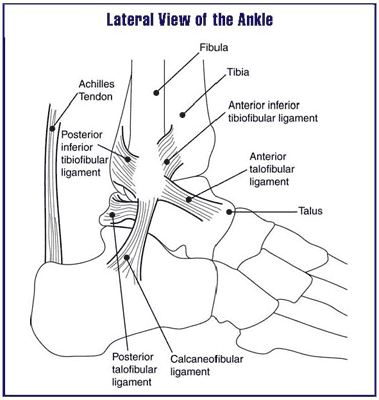
The Achilles tendon is the thickest and strongest tendon in the human body. It has more pounds per square inch applied to it than any other tendon. We consider it the work horse of the lower extremity. It is constantly in use and provides forward motion in the gait cycle. These reasons make it one of the most commonly injured or strained tendons.
Achilles tendonitis usually presents with pain and selling around the back of the ankle. Patients have usually increased activities or changed activities or even started to walk more. There is often pain when getting out of bed, that gets better as the day goes on, but returns with rest. Sometimes patients will describe weakness or a catching sensation.
Diagnosing Achilles Tendon injuries is relatively straight forward. A typical mechanical and musculoskeletal exam of the foot and ankle are performed. An ultrasound or x-ray can be helpful as well. More advanced cases can require an MRI to rule our tearing or degeneration.
Treatment is provided on a case-by-case basis. It is important to identify the cause and help eliminate or reduce this activity. Stretching is vital and reducing the mechanical burden. I always encourage people with Achilles issues to see a foot and ankle physician before implementing treatment as these measures are not always appropriate. If you are suffering from Achilles tendonitis, give us a call at 425-391-8666 or make an appointment online so we can get you back on the road to recovery.
Dr. Brandon Nelson, A Board-Certified Surgeon and Bunion Expert, Discusses the Most Common Bunion Surgery In The United States
About 150,000 bunion surgeries are performed every year. Most of these procedures continue to be the Austin bunionectomy or what is called a distal osteotomy. Before we get into what the procedure is let us get a little background as to what a bunion is. A bunion is an inherited foot condition. It occurs when the 1st and 2nd metatarsal separate and create and enlargement on the inside of the foot. Please watch this video to get a general understanding of the bunion. You will need to open the video labeled bunions in the first column titled “Podiatric Medicine” it is the 5th video in that drop down menu. 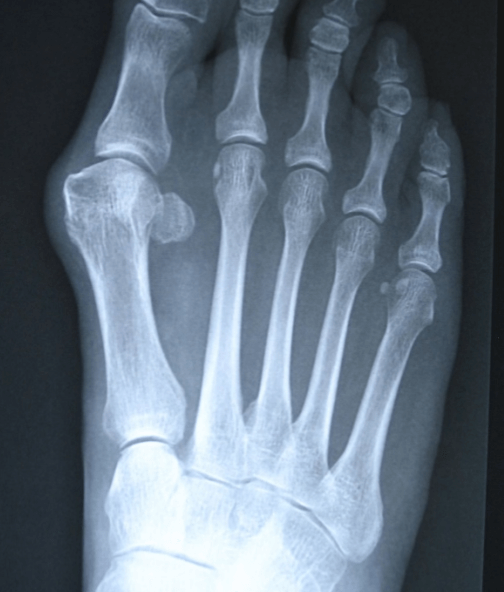
There is a common misconception that something grows on the inside of the foot. However as seem above on the x-ray you can see the 1st and 2nd metatarsal are deviating. The 1st metatarsal is the long bone on the left side of the picture and the 2nd is the long bone directly to the right of the 1st. The 1st metatarsal continues to separate and begins to poke out the side of the foot leading to the bunion deformity we are familiar with.
Surgery is the only way a bunion can be removed. The surgery involves working on the head or base of the foot. The head of the 1st metatarsal in towards the top of the picture and the base is towards the bottom. The most common procedure continues to be the Austin bunionectomy.
The Austin bunionectomy involves cutting the head of the metatarsal and shifting it back into place, or towards the 2nd metatarsal. Please watch the video below to see an example of the Austin bunionectomy.
http://www.physicianwebpages.com/animator/austin_l.html
The typical Austin bunionectomy patients can walk the entire time post-operatively because of the technique I use. I tell my patients you will be sore for a few days but able to walk. The recovery depends on the patient’s overall health and how well they follow post-operative protocols. I have taken years to develop my post-operative protocols and do everything possible to decrease recovery times. If you have a bunion and would like to have a consultation with a bunion surgery expert please call my office at 425-391-8666 or make an appointment online.
Dr. Brandon Nelson, a Board Certified Physician, Discusses Achilles Tendonitis

The Achilles tendon is the work horse of the lower extremity. It provides forward propulsion and is the thickest, strongest tendon in the human body. It basically never has a chance to rest if you are walking. The tendon itself is made of three different muscles and contracts to provide power. That is why it is one of the most common tendons to experience tendonitis in.
It is probably the most common type of tendonitis we see in the office. I would also say it is one of the most challenging to treat. The challenge is it's constantly in use and the number one cause of Achilles tendonitis is overuse. We see a fair amount as the summer starts and people get outside. The other big culprit is a new exercise program. Most of these patients are usually men and around the age of 40.
I encourage patients to get in early and treat this aggressively. The Achilles tendon is notorious for taking a long time to return to a normal state and recover from tendonitis. The earlier and more aggressive the treatment the better the long-term outcomes. Focusing on eliminating the abnormal pull of the Achilles and stretching provide relief. There are numerous opportunities to administer more advanced treatment options that utilize the body's own ability to heal. These techniques seem to have the best long term outcomes. If you are suffering from Achilles’ tendon pain we can help.
Give us a call at 425-391-8666 or make an appointment online today.
Dr. Brandon Nelson, A Board Certified Foot & Ankle Physician, Discusses Heel Pain
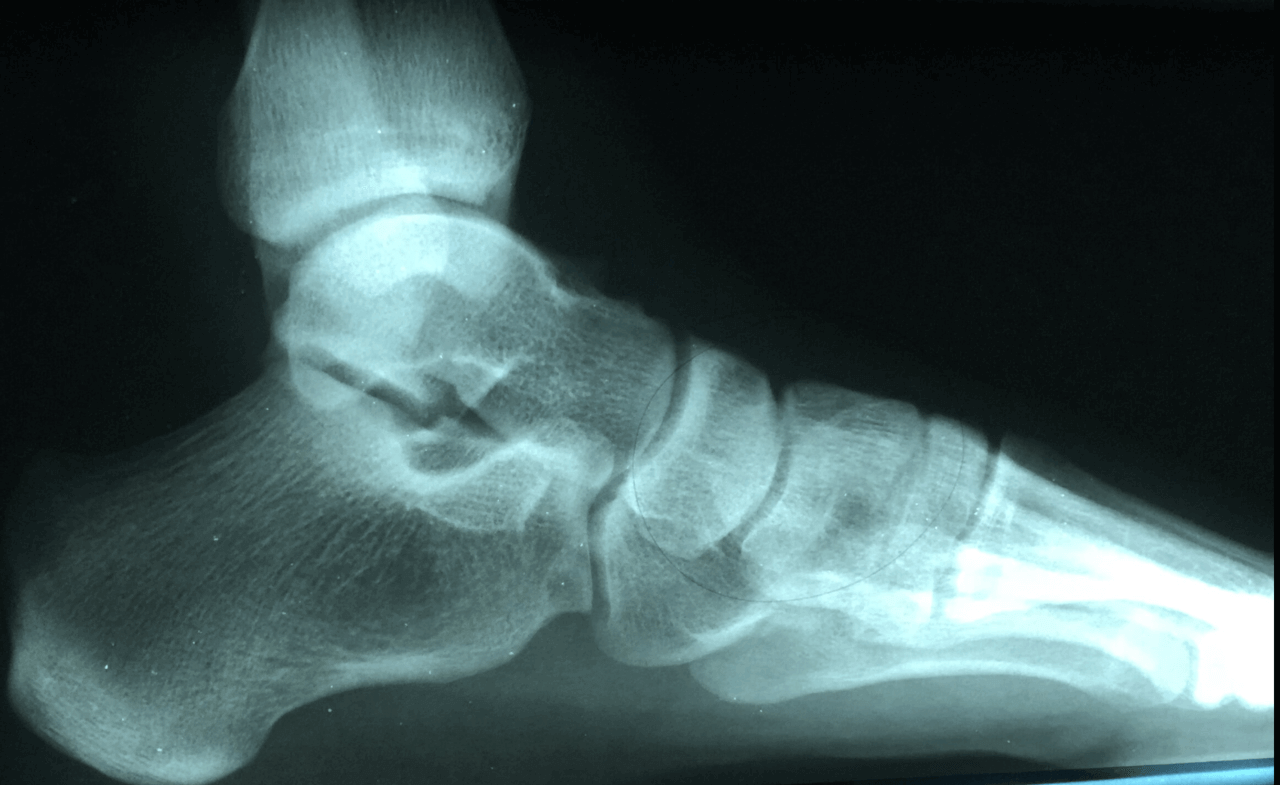
Heel pain has a variety of causes and can be challenging for many patients. Most patients with heel pain describe it as a dull ache, or a bruised sensation but some have tingling and burning. The main causes of heel pain are plantar fasciits, bursitis and nerve entrapments. Sometimes there are overlapping symptoms and some patients even have multiple causes.
Plantar fasciitis is by far the most common cause of heel pain. It presents as pain when you get out of bed, or first step pain and often gets a little better as the morning goes on. However, typically the pain returns every time you stop and sit and then get back up. Plantar fasciitis usually feel like a bruise to the bottom of the foot.
Bursitis, or bursal sack formation is usually found in people with a high arch. The bursa forms to help cushion the foot and is important in situations where a heavy heel strike occurs. Many times you can feel the soft bursa, or what seems to be a bubble under the heel.
Nerve pain and entrapments can occur do to anatomical constrictions in the foot or the ankle. These are often the hardest to diagnosis and can cause a myriad of symptoms. However, the most common are burning and tingling.
If you are suffering with heel pain we can help get you pain free. Heel pain is the most common pathology we see and are treatment protocols work quickly and effectively. Do not suffer for the summer make an appointment so we can help.
Give us a call at 425-391-8666 or make an appointment online today.
Dr. Brandon Nelson Discusses How to Get Rid of Your Neuromas Without Surgery

Neuromas refer to a condition where the nerve in the foot often becomes intolerable secondary to pain and discomfort. The majority of people with neuromas will describe a burning or tingling sensation in their foot. This pain is often worse in shoes or after prolonged periods of walking. The majority of neuroma patients are female between the ages of 40 and 60.
Historically neuromas were treated with surgical excision and patients did well with this procedure. However, newer options are available. Alcohol injection therapy and shockwave therapy continue to show increasing success for neuroma patients. The alcohol therapy works by dehydrating the nerve and decreasing the pain signal conduction to the brain. Shockwave therapy works by applying acoustic sound waves to the scarred down nerve and breaking up the inflammatory cycle and increasing blood supply to the area.
The majority of patients we see for neuromas do extremely well with alcohol injections. These alcohol injections have a success rate in the literature up to 90%. The average person needs approximately 4-6 injections 1-2 weeks apart. We have seen incredible success for most of our patients and have had to remove far less neuromas.
Shockwave protocol typically takes between 3 and 5 and often times is done in conjunction with the alcohol injection therapy. Shockwave has no down time and no pain and is one of the most advanced techniques for chronic pain.
If you are currently suffering from nerve pain or neuromas please give us a call at 425-391-8666 or make an appointment online today.
Dr. Brandon Nelson Discusses When the Best Time to Have Bunion Surgery Is
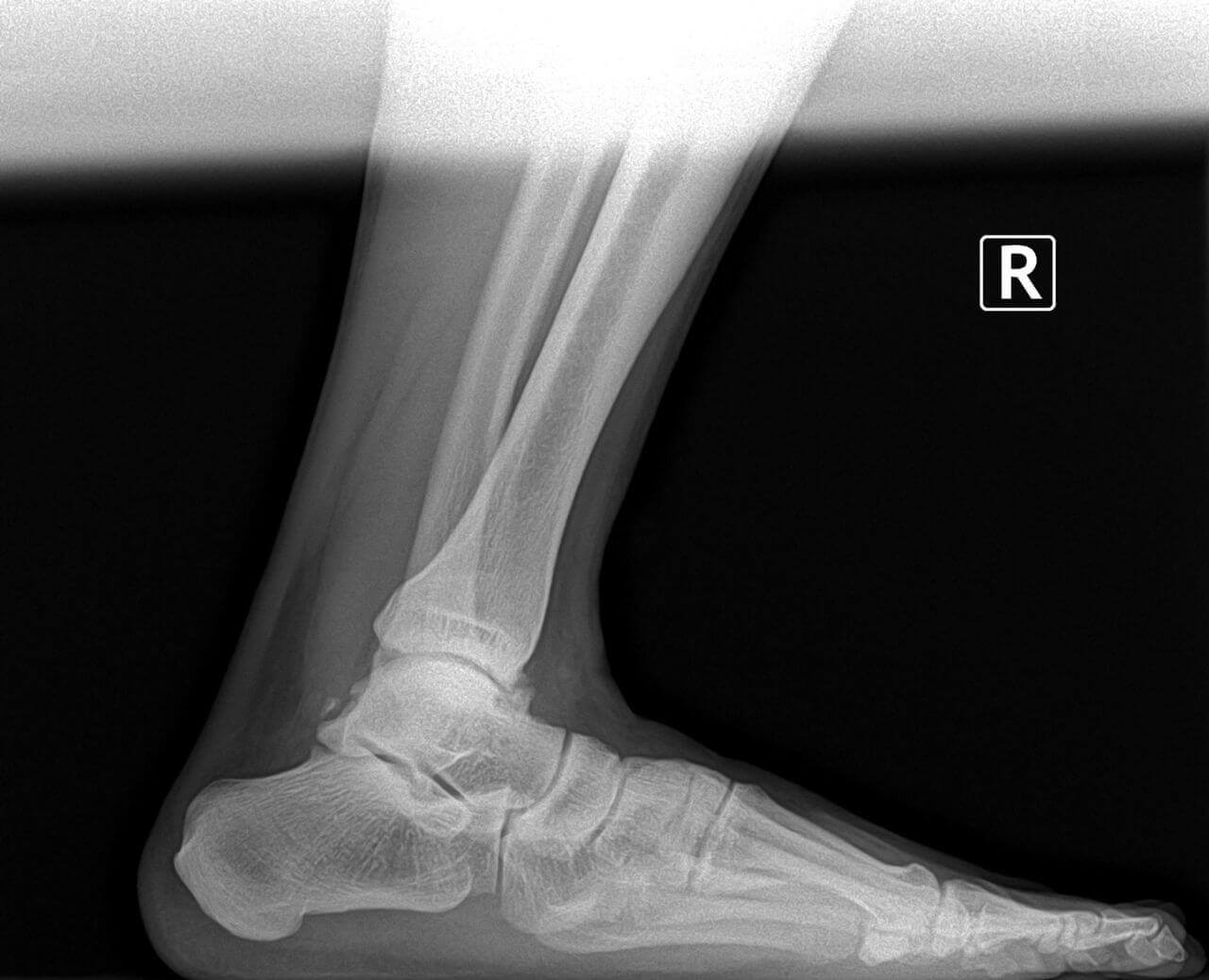
Surgery can be quite a bit to think about. Patients need to make work arrangements and plan with family and sometimes even friends. Especially if it is your first time having surgery it can feel like a lot. We at Issaquah Foot & Ankle Specialists have helped so many patients with surgery that our process makes it extremely easy and relaxing. We will help every step of the way. We provide a surgical binder that has everything you need and will make sure that you get all the assistance you need to make the process feel simple.
I think the most important part of planning when to have surgery is simply preparation. I tell most of my patients to think ahead and figure out when the slowest time of year is for you with both family and work. This is not always possible so the good news is we are here to help. The majority of procedures will allow patients to get back to activities in a few days. We have years of experience and can provide answers to any questions or concerns you may have.
The surgical process is easy as well. We have an onsite surgery center and most of the time you will be at the office for just a couple hours. We have dedicated rooms and staff that will assist you the entire time. If you are contemplating having your bunion fixed or having your neuroma or hammertoes corrected, we can help. Give us a call today at 425-391-8666 or make an appointment online.
Dr. Brandon Nelson, A Board Certified Bunion Expert, Discusses Why Issaquah Foot & Ankle Specialists Is The Number One Bunion Surgery Center
Why Us?
The bunion is a complex deformity that arises for many reasons. It is primarily a deviation of the toe on the first metatarsal and the medial cuneiform.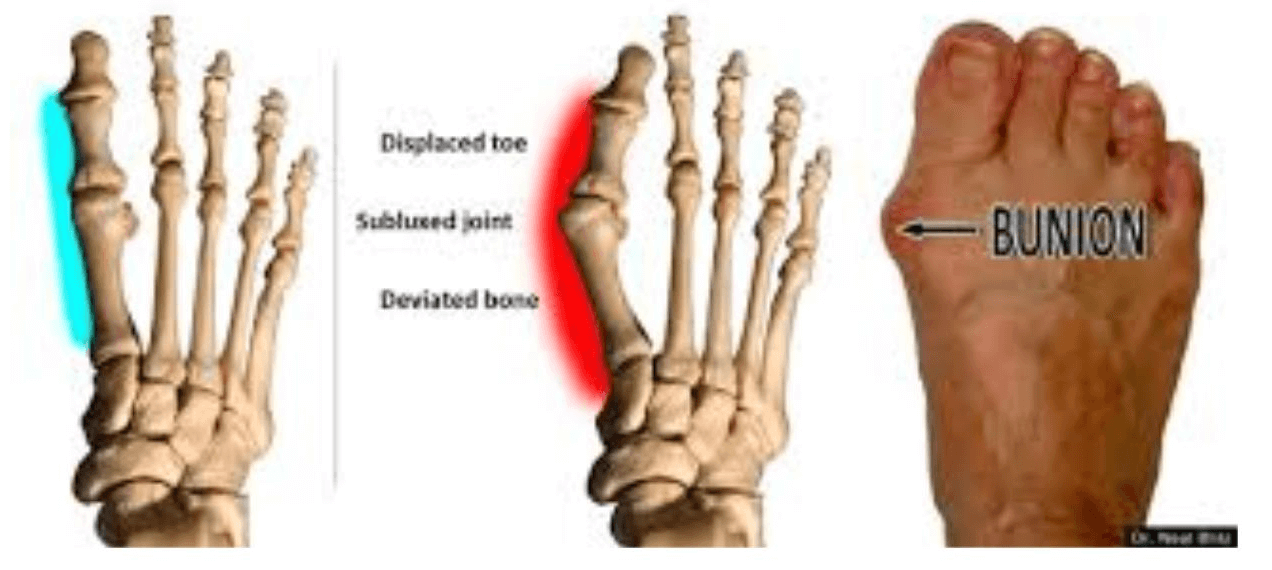
However, it is much more complex than that. The majority of surgeons do not appreciate the fundamental nature of the bunion and the inherit instability of the foot that leads to the bunion. That is where Issaquah Foot & Ankle Specialists are different than the majority of clinics, we specialize in bunions and are considered the premier experts.
To further expend on why we are the only place to have bunion surgery will take a little understanding of the deformity itself. The bunion is not a simple deviation of the toe it is complex condition that requires consideration of the overall foot structure and the cardinal planes of the body. Cardinal planes or anatomical planes are terms we use to describe the three-dimensional relationship of the human body
and how it moves in space. The three cardinal planes are the frontal, transverse and saggital.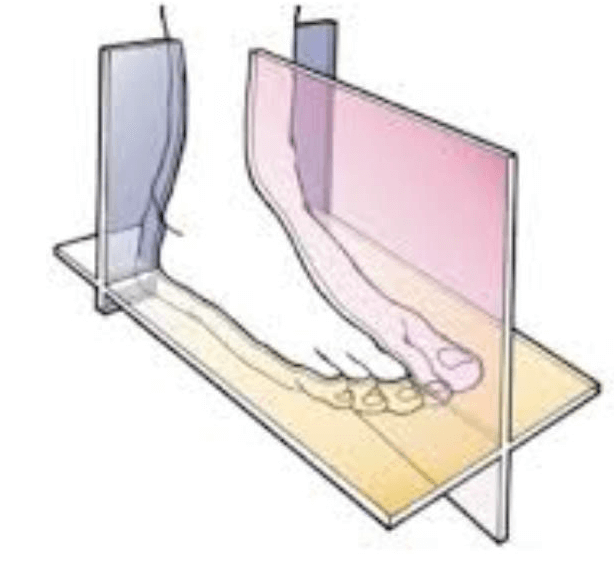
Why are these cardinal planes important when it comes to bunion surgery?
It is extremely important to evaluate all three anatomical planes when it comes to a bunion. The vast majority of bunion surgeons do not evaluate the bunion with respect to these planes and often use a 2-D picture to describe a 3-D problem. An example of this is what is called the Anterior-Posterior x-ray view. This is the view most commonly employed for a bunion.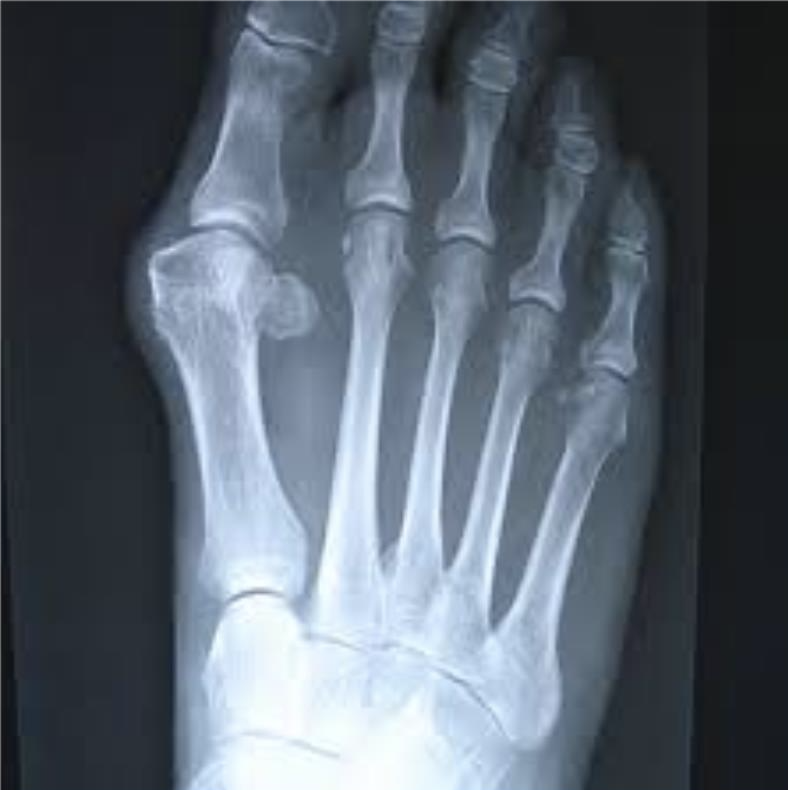
The problem with only evaluating the bunion on this top-down view is it only provides a picture of the deformity in one anatomical plane. This is where the problem lies. The large majority of bunion surgeons stop here and provide a correction in this plane only. This can ultimately result in reoccurrence and revisional surgery. This is an incomplete understanding of the bunion and one of the main reasons for poor outcomes. Issaquah Foot & Ankle Specialists provide a complete evaluation of the foot and bunion as a whole. That is why we also incorporate an x-ray technique that helps to evaluate the bunion relationship to the foot and all anatomical planes.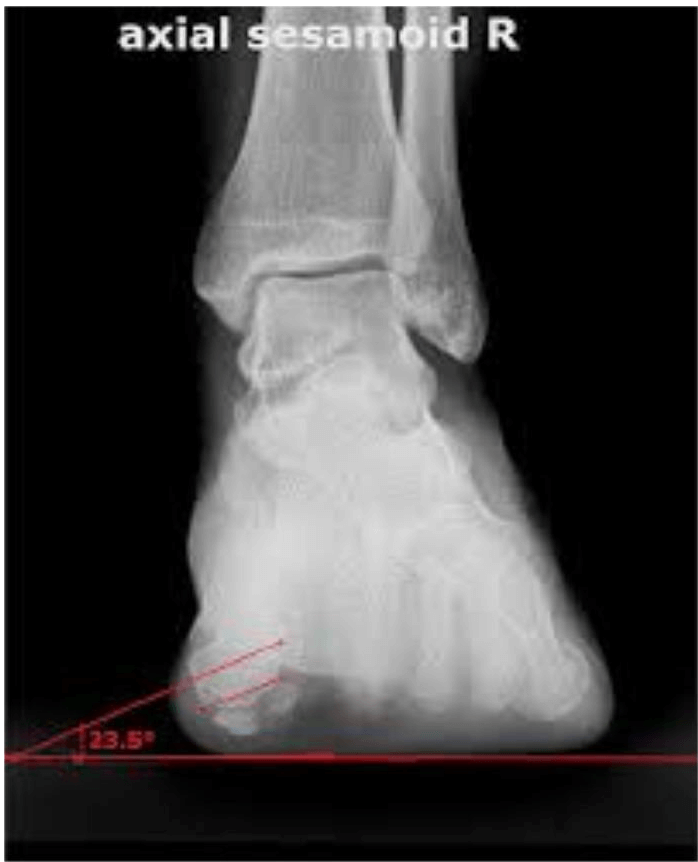
The above picture is called a sesamoid axial x-ray. It is one of the most important x-rays for a bunion. This helps the surgeon, in combination with the top-down view we saw above, make the best possible decision in planning for a bunion deformity correction. This sesamoid view above determines the bunion’s relationship in another anatomical plane the frontal plane. The frontal plane basically describes the position of the bunion and whether there is any rotation of the bone. If your surgeon only looks in one cardinal plane, they will miss the rotation of the bunion and only provide correction in one plane and your reoccurrence rate goes up.
I strongly recommend anybody that is contemplating bunion surgery to have your foot evaluated by one of our Doctors, we are Board Certified Bunion Experts and have over 30 years of experience and performed 1000’s of bunion surgeries.
Give us a call today at 425-391-8666 or make an appointment online today.
Dr. Brandon Nelson Discusses Other Causes of Heel Pain
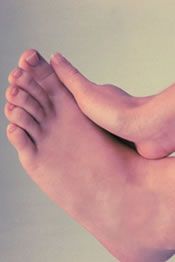
One of the most common patient complaints to a foot and ankle physician is heel pain. It is important for patients to understand there are many other causes of heel pain and we will review some of those today. A short list of these would include lumbosacral radiculopathy, plantar fascial rupture, tarsal tunnel syndrome, Baxter’s nerve entrapment and fat pad atrophy.
Lumbosacral radiculopathy:
The most common cause of back pain leading to heel pain is nerve entrapment around L4-S1 vertebral level. Most patients will have a history of back pain or heel pain that manifests. It is important to consider an MRI of back for this or any EMG NCV which are nerve conduction studies. Often times physical therapy for nerve medication can help control the symptoms.
Plantar fascial rupture:
Ruptures of the plantar fascia are relatively uncommon, but can occur for patients that have had ongoing heel pain. The majority of patients that we see rupture their fascia have had some sort of high impact activity like football players or long distance runners. Diagnosis of the rupture often includes an MRI treatment can depend on the varying degree of the rupture in the site of the rupture. There many options for plantar fascial rupture including repair.
Tarsal tunnel syndrome:
Tarsal tunnel syndrome is a nerve entrapment that is similar to carpal tunnel. Usually involves the posterior tibial nerve and branches that wrap around the heel. Many patients will describe burning or tingling in predispositions, this include patients with diabetes or a flatfoot. Often times an MRI or nerve conduction study is needed to verify this. Treatment often can require steroid injections or decompression of the nerve.
Baxter’s nerve entrapment:
This is a common condition that a lot of physicians will not recognize as this is a tough diagnosis. This can be undiagnosed or underdiagnosed relatively easily. This often times can be confused a tarsal tunnel syndrome as well. One of the key diagnostic indicators for this is inability to move your fifth digit. Again often times advanced imaging is utilized and a steroid injection and sometimes decompression the nerve is required.
Fat pad atrophy:
Fat pad atrophy is typically seen in older or obese patients. The majority us have a nice cushion on the bottom of the heel to help with shock and provide support. Often times there are thinning in other areas of the foot that can be identified help clue physicians in. This usually can be solid with a prescription orthotic and a rocker-bottom soft tissue.
If you have heel pain, call Issaquah Foot and Ankle Specialists today at 425-391-8666 or make an appointment online.
Dr. Brandon Nelson Discusses What To Think About For Bunion Surgery

I like to make sure all my patients are well informed for any procedure they are considering, especially bunion surgery. It is important to note both the pros and cons of bunion surgery as well as what the recovery looks like. The majority of bunion procedures allow patients to walk immediately afterwards. However there can be some discomfort. It’s important to understand that pain, swelling and bruising are normal prior to the surgical process.
I encourage my patients ask questions at their pre-operative appointment, as this makes the surgical process much easier. Additionally, I provide all my patients with multiple handouts on what to expect and how to decrease down time and their recovery period. At our clinic we are lucky enough to have an on-site surgical center so this is both a huge time and cost savings for all of our patients. This also affords us the opportunity to perform more bunion surgeries than the average foot and ankle physician and we take great pride and specializing in bunion care. If you’re contemplating bunion surgery or just want an opinion on your bunion we are here to help.
Give us a call today at 425-391-8666 or make an appointment online.
Dr. Brandon Nelson Discusses Conservative Options for Bunions
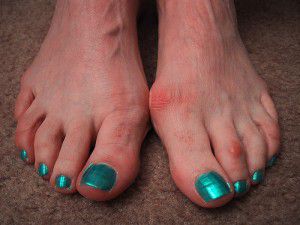
Bunions or even tailor's bunions can be extremely painful and difficult to find fitted shoe gear. There is a definite genetic component to the development of bunions themselves. In addition we see certain shoe gear or activities can increase can increase the size of bunions. Anything that puts increased forefoot pressure creates increased force to the bunions themselves. I often times will recommend a course of conservative care for people that have not tried these options for their bunions.
At our clinic, we created a special protocol for bunion patients and have extremely successful options for conservative bunion care. There are many great stretching and strengthening exercises for the foot structure. In addition there is a plethora of options including prescription orthotics that our clinic specializes in to control the development of the bunion. In addition we have many different options for bunions that are starting to produce pain and arthritic deformities of the foot. Our clinic takes the latest scientific research in conjunction with years of experience to maximize the outcome of conservative bunion options. If you continue to suffer from bunion pain and wanted to explore conservative options, give us a call at 425-391-8666 or schedule an appointment online.


